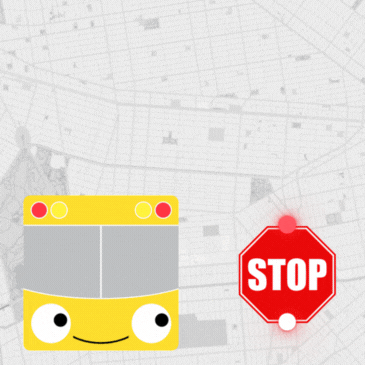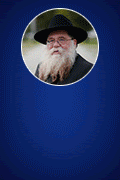
Over 100 Women Gather to Bake Challah
In Jewish homes it’s customary to start the sabbath on Friday with challah, a braided bread that celebrates God’s historic blessings for the Jewish people and ever-present love. But while the making of challah was once routinely passed from mother to daughter, the tradition now is not as common in families because of people’s busy lives.
So Rochel Flikshtein, youth and family program director of the Chabad Center of Delaware, led 110 women in the second annual Mega Challah Bake workshop at the Jewish Community Center on Sunday.
For Flikshtein, the making of challah is an opportunity for women to center their lives in ritual and prayer, and bless their families.
It’s also a sensual experience — a chance to fill the home with the smell of baked bread for the start of the sabbath. And newly baked loaves, when shared, are a gift to family and friends.
“In Judaism we do our best to bring joy into our families,” Flikshtein says. “The home is the central place that God is found and a reminder that God is with us everywhere.”
Extra loaves are made to be given away, extended one’s caring, she says. Each women at the workshop went away with two loaves — one for family, one to share with others.
A workshop attendee wrote to Flikshtein to say that her kids knew exactly what to do with the extra loaf.
“Our neighbor had recently had a heart attack and his family was devastated,” the woman wrote. “I was a bit hesitant since they are not Jewish, but my kids did not seem to care about this.
”They raced over with the challah and the explanation with such pride and excitement. His wife and daughter came over with tears to tell us just how much this meant to them (and it was delicious)!“
Jewish food writer Claudia Roden writes that challah has layers of folklore, tradition and symbolism that surrounded its use.
”On festive occasions a blessing is said over two loaves, symbolizing the two portions of the manna that was distributed on Fridays to the children of Israel during their Exodus from Egypt,“ Roden writes in ”The Book of Jewish Food: An Odyssey from Samarkand to New York.“
”The breads are covered on the table by a decorative challah cover or a white napkin, which represents the dew that collected on the manna in the morning. Poppy and sesame seeds sprinkled on the bread also symbolize the manna that fell from heaven.“
Traditionally, three sabbath meals make use of two complete loaves of bread each week.
Jody Grinberg, 36, of Wilmington attended her first Mega Challah Bake on Sunday as a way to learn more about her faith and share it with her husband, Rosti, and their children.
”If we don’t learn about our traditions, our children won’t learn,“ Grinberg says.
Many Thursdays she can be found at the Chabad Center on Silverside Road making challah with other mothers and their children. The women at the Chabad Center make 20 or 30 large batches of bread to be shared in the community, Grinberg says.
The loaves are sold — $5 for one, $8 for two — to those who order them and stop by Thursday afternoon or Friday morning.
”I have two little boys, who are 5 and 6, and they enjoy putting their hands in the dough to make something yummy,” Grinberg says.













A friend from Stern!
Go Go Rochel!!
Kingston
hi yehudis!!! NY is sooo big!! :)